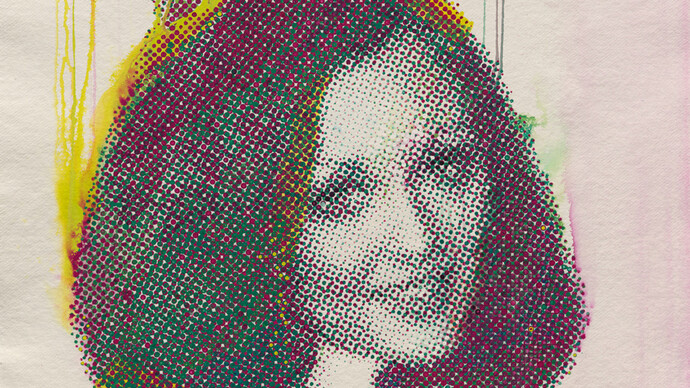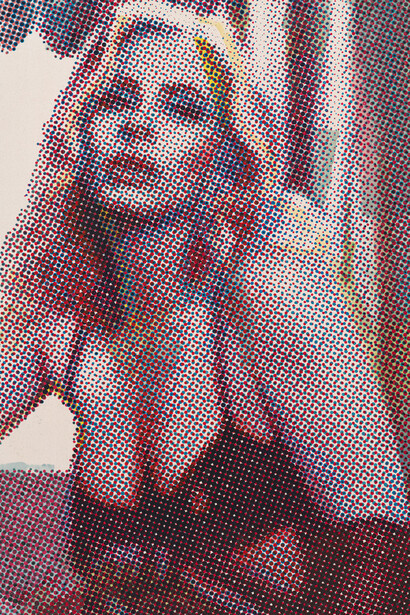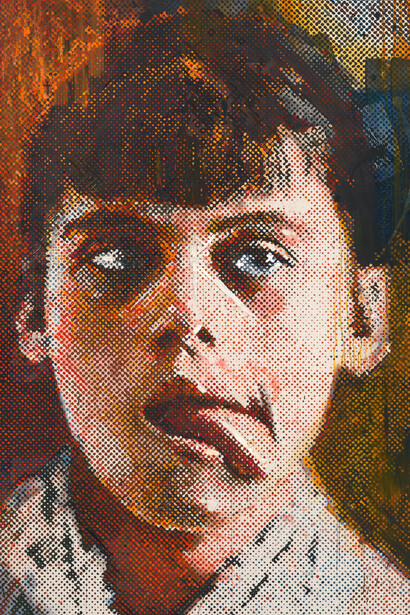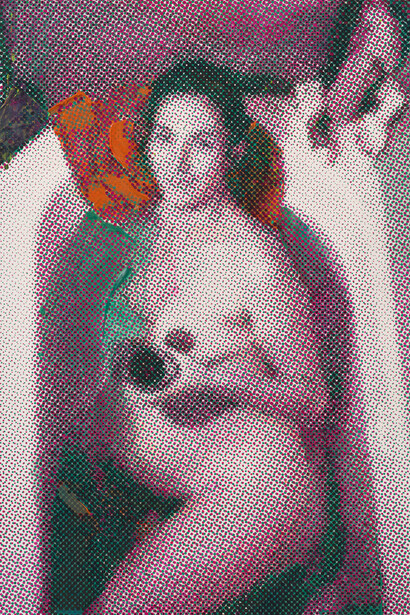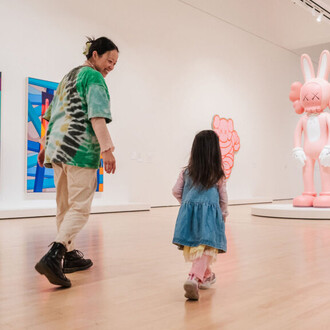Nancy Toomey Fine Art is pleased to announce an exhibition of works by Monica Lundy titled The curse of Eve on view from October 29 to December 13, 2025. The gallery is located inside San Francisco’s Minnesota Street Project, 1275 Minnesota Street.
In The curse of Eve at Nancy Toomey Fine Art, Monica Lundy presents a series of portrait paintings in which she explores feminine archetypes. Lundy’s artwork is inspired, in part, by psychologist Carl Jung’s concept of inherited patterns of thought including primal imagery and character types that arise from the collective unconscious, spanning across culture and time. These easily recognizable images can be found throughout mythology, ancient literature, and fairy tales, and still resonate to this day.
The exhibition’s title references a passage in the Bible where God cursed Eve after she indulged in the forbidden fruit, ensuring that womankind would suffer increased pain during childbirth and subservience, as a reminder of their inherent sinful nature. Much of Lundy’s work in this show is informed by principal Jungian feminine archetypes such as the mother, maiden, lover, mystic, and queen, as well as derivations such as seductress, sacred whore, rebel, and wild woman.
Conceptually, the idea of archetypal patterning led Lundy to work with visual patterning to render these portraits. She meditatively paints each dot while contemplating texture, color relationships, color theory, and how this relates to painters who have come before her, and to art history in general. “I find myself reflecting on my time during my undergraduate studies at the School of the Art Institute of Chicago,” says Lundy, “where I would pass days in the museum galleries of the Post-Impressionists and Neo-Impressionists, marveling at pointillism and the vibrant color palettes and textures of master painters such as Seurat, Signac, and Van Gogh. I am also inspired by the vibrancy of Pop Art and how artists such as Warhol, Lichtenstein, and Polke also implemented the use of different dot patterns in unique ways.”
Lundy is most interested in the technique she employs to further amplify the contrast between surface texture and the image one sees from a distance. Up close to the surface, the painting becomes completely abstracted, breaking apart into a series of brightly colored dots. Yet, the farther away one stands, the more the image coalesces; so much so that when the painting is seen through the screen of a personal device, it resembles a photograph reminiscent of traditional newsprint.
“I find the notion of this drastic difference in perception thrilling,” says Lundy. “I revel in both the meditative process of mixing colors and painting one dot at a time, as well as the surprise of standing back and discovering the image that emerges. This notion of different levels of visual perception alludes to a broader philosophical idea of how something observed from afar can be deceptively different than when we dare to take a closer look.”
